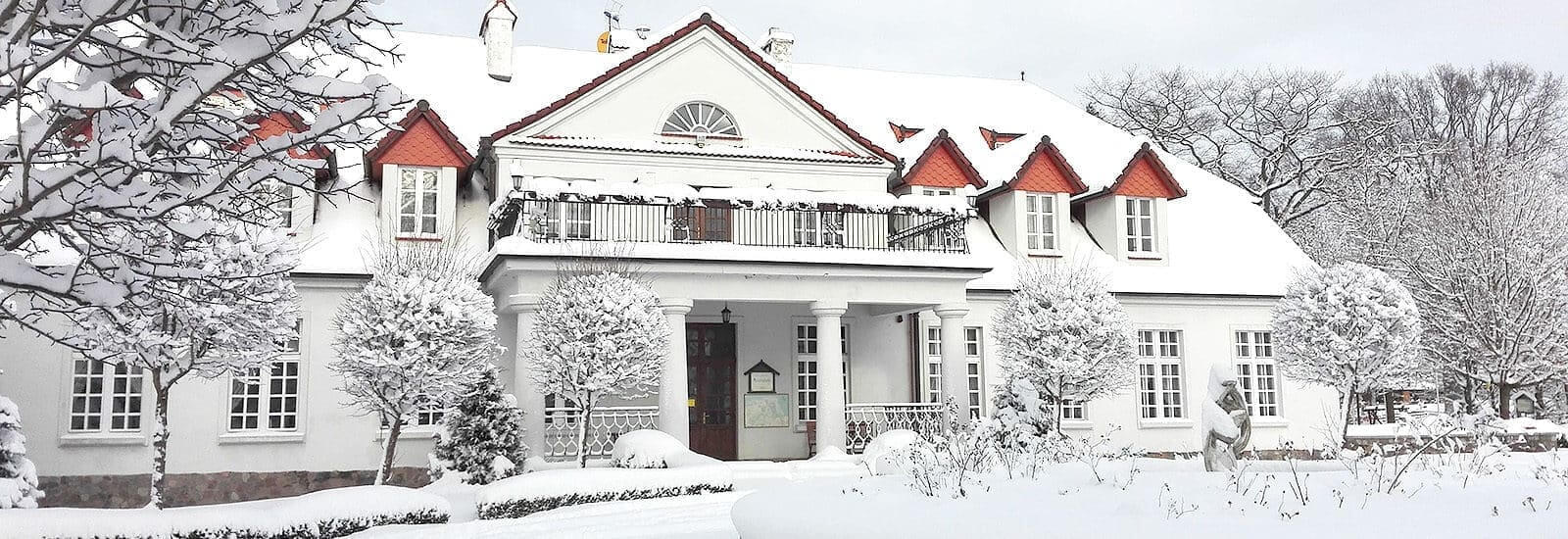
History
Every place is inseperable from it’s history. Read our short note on the history of our mansion house in Bychowo.
The first mentions concerning the property had already appeared in 1377 when its owner was Reczke. The title of a knightly possession was probably granted the mansion in the XIII or XIV century. In Schulz Bychov’s opinion the stream flowing through the area gave the name to the property and later also the noble family.
With regard to a lack of other records it is impossible to ascertain if the property was simultaneously the abode of the owner which would be related to the existence of the mansion and farm. It is known that in the XV century Bychowo, as a fiefdom and its inhabitants, were governed under Polish law – peasants under German law.
In the XVI century the owners of the property became the family of Pomorski origin von Buchow, whose coat of arms was Zadora. During this period the permanent abode of the owners most likely came into being and the property was extended. The first mansion probably came into being in the XVI or XVII century.
During the course of the later centuries, owners of the property very often changed what did not certainly favour the proper extension of the possession. In the XVIII century the property, which was a noble abode and had 2 granges and 2 mills, belonged to the family von Lubtov for a length of time.
A lack of information enables us to make a thorough study of the rise and development of the manorial-park part of the property. The present mansion came into being in the second half of the XIX century. Its rudimentarily remained buildings came into being much earlier in the first half of the XIX century.
During the Second World War the mansion, farm and park establishments were partly damaged. However, their complete devastation came during the 50s and 60s of the twentieth century.
In 1989 the present owner Wladyslaw Brzozowski bought the devastated mansion from Gniewino’s local administrative commune council.
The building was pulled down to its foundations and on basis of architectural expert appraisement and photographic records it was reconstructed in July in 1999. Only the portico with a monumental balustrade survived in its original version.
